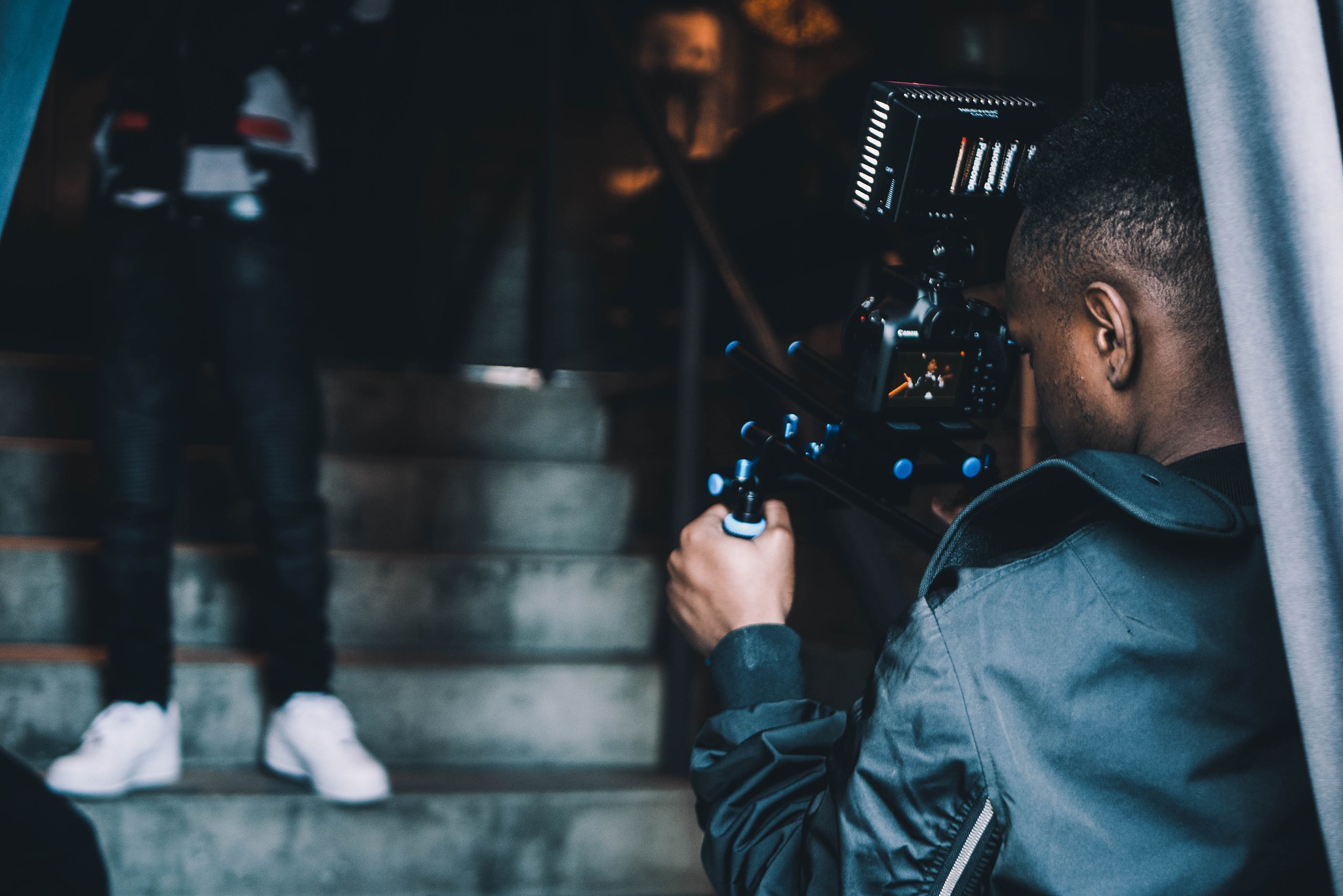
Beginner Read Social Media
Social media is a unique and powerful way to help your organisation thrive and engage with your audience. Read on to find out more.
Attachments:
In this article
We are constantly being told about the importance of content marketing, digital marketing, social media marketing, and why organisations should be embracing the digital revolution. But before we can think about what these terms all mean, there are a few things we need to put into context – and it all comes back to digital content.
Your digital content can take many forms, whether it’s a video, a blog post or a podcast, but how you make it and what you do with it next can make all the difference.
Content creation or content marketing is a technique for creating and distributing valuable, relevant and consistent digital content that attracts a clearly defined audience. A new generation of creators making impactful and professional-quality material with surprisingly limited resources can make digital content feel like a challenge for some organisations – but the truth is, it’s never been easier to make great content
You have almost certainly already consumed and been exposed to digital campaigns from small, medium and gigantic brand names for over a decade. In that time, brands have developed their techniques as tastes and trends have moved with the times.
From glossy product placement images on Instagram selling teeth-whitening gel to the latest in-depth road test of an electric hybrid car on YouTube, our digital world is packed with content that’s consumed by billions and appeals to specific tastes and demographics.
But how does this relate to the arts and culture sector? Simply put, if the desired goal is to have more people discover your organisation – whether it’s a gallery, museum, theatre or anything else for that matter – you need to be more than England’s best kept secret.
This is where content marketing – and, more importantly, content creation – comes into play. Finding the right medium for your organisation can be challenging, as there are many different types of digital content. For example, it might be that live streaming suits your organisation best: it’s simple to use once you’ve overcome the technical learning curve, and with the possibility for incredible audience engagement. Or maybe it’s a weekly vlog about the challenges of putting on a contemporary dance show: the injuries, the stresses or the opening night successes.
Either way, audiences can’t resist great storytelling, and the cost implications and technical requirements of telling your story are more manageable than ever.

Whether you’re showing your audience behind-the-scenes magic by filming on your phone, or you’re capturing a once-in-a-life-time event in a multi-camera shoot, we all have a unique story to tell.
Today, the lines between more traditional media networks and social networks are becoming blurred as the likes of Facebook and Twitter have added live video, augmented reality, and other multimedia services to their platforms. This is great news for video content producers: for example, a video you’ve made for Facebook can also find an audience on YouTube, Twitter and Instagram (though you may want to consider how to tweak it to reflect a different audience).
If video isn’t your thing, great photos still have their place. Some of the most iconic brands out there enjoy more success with engaging and thought-provoking images than any other medium. And while you can use high-end camera equipment, the phone in your pocket is more capable of delivering great images than you might think.
If you’d rather not be visible but you still want to share your voice, podcasting could be for you. The technology exists to record good quality audio and distribute your message to potentially billions of people for free, while more and more people are engaging with audio-only content from trusted creators.
Whatever form your content takes, think of it as the foundation to a solid marketing programme that could pay dividends for years to come.
This article has introduced some key digital content creation methods and discussed how to tailor your content to your audience. To learn more, you can read one of the articles linked below.
The Digital Culture Network is here to support you and your organisation. Our Tech Champions can provide free 1-2-1 support to all arts and cultural organisations who are in receipt of, or eligible for, Arts Council England funding. If you need help or would like to chat with us about any of the advice we have covered above, please get in touch. Sign up to our newsletter below and follow us on Twitter @ace_dcn for the latest updates.
Related content by topic
The Fundamentals Talking to Your Customers Digital Culture Network Digital Content Content
Beginner Read Social Media
Social media is a unique and powerful way to help your organisation thrive and engage with your audience. Read on to find out more.
Beginner Read Video and Digital Content
Here are five things to bear in mind when making your next video.
Beginner Read Video and Digital Content
External Link
The absolute beginners guide to making a video for YouTubeTutorial from Think Media: How to Make a YouTube Video (Beginners Tutorial)
Beginner Read Video and Digital Content
Here are five things to bear in mind when making your next video.
Beginner Read Video and Digital Content
Looking for ways to make your content work harder for you? Our checklist will help you create more engaging material for your target audience.
Beginner Read Video and Digital Content
Keywords are an essential element of your video’s description or caption on any social media platform. Including relevant keywords can increase your views and engagement. In this article, we’ll explore how to choose keywords that will get your videos noticed by as wide an audience as possible.



